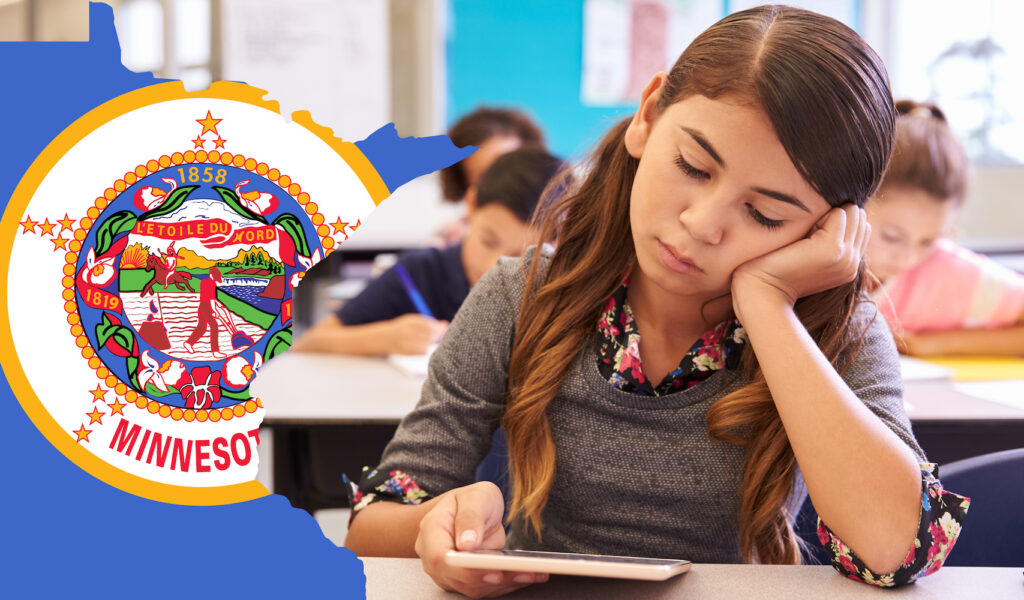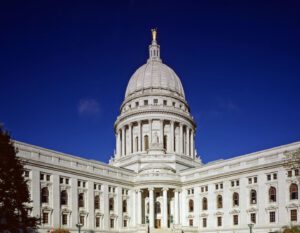Study: Minnesota schools fail students with ‘financial mismanagement,’ declining academics
Public schools in Minnesota aren’t underfunded, but they encourage wasteful spending while their students fail basic academic tests, a recent study concludes.
The study began through a…

Public schools in Minnesota aren’t underfunded, but they encourage wasteful spending while their students fail basic academic tests, a recent study concludes.
The study began through a collaboration with former Minnesota legislator Ken Wolf, an expert in education finance, and Bob Fallen, founder of the Local Elections Matter nonprofit.
“Education spending ranks as the largest expense of the annual state budget (more than $12 billion in FY 2023), yet academic performance amongst K-12 students is abysmal and in a state of decline,” Fallen wrote in a recent op-ed. “Once touted as one of the best in the nation, the Minnesota public school system is failing.”
Not caused by inflation or COVID-19
The report exposed several inconvenient truths for the state’s public-school system, debunking claims of inflation or the pandemic causing the increase in public spending.
“Combined revenue for public schools has exceeded inflation for more than two decades, both statewide and at the district level,” Fallen wrote. “We understand that cost structures for school districts vary, with nuances and variables related to expenditures. However, the information we compiled is based 100% on factual data available to the public.”
The report also unearthed a decline in academic performance for K-12 students five years before the COVID-19 pandemic.
Math scores dropped 10.4% to a 55% grade-level proficiency in 2019, meaning “barely half of all K-12 students in Minnesota were proficient in math,” Fallen said.
After school closures, grade-level proficiency dropped even further to 45.5% in 2023, but that number fell to less than 25% for black, American Indian and Hispanic-Latino students.
“As the MDE and district administrators promote and implement diversity-based policies and curriculum, the students they claim to support are suffering in the classroom,” Fallen wrote.
Despite these dismal outcomes, public-school revenue continues to rise.
The state’s largest school district, Anoka-Hennepin, recently added $8 million in spending, which was intended to help close the achievement gap between minority students and their peers.
“One common-sense school board member pointed out that based on results of the first $8 million spent, the gap was closed by one tenth of one percent (0.001),” Fallen wrote. “He then pointed out that at the present rate, it would take 250 years and $2 billion in funding to close the current gap of 25 percent.”
Although Minnesota’s Department of Education and its schools must “prevent the waste or unnecessary spending of public money” according to statute, the report’s authors concluded they have failed that requirement.
“This level of financial mismanagement is commonplace with public school boards statewide,” Fallen wrote. “When businesses operate with the same level of financial mismanagement, they generally file for bankruptcy or face fraud charges.”
The op-ed ends by encouraging Minnesotans to get more involved in their communities and government.
Suggested action steps include electing “common-sense school board candidates,” contacting representatives and attending school board meetings.
“The success of future generations and the livability of our state is at stake and we must rally more individuals to become involved and engaged,” Fallen wrote. “We must hold candidates for statewide and local offices accountable for managing the largest budget line-item of the state’s ballooning budget.”



